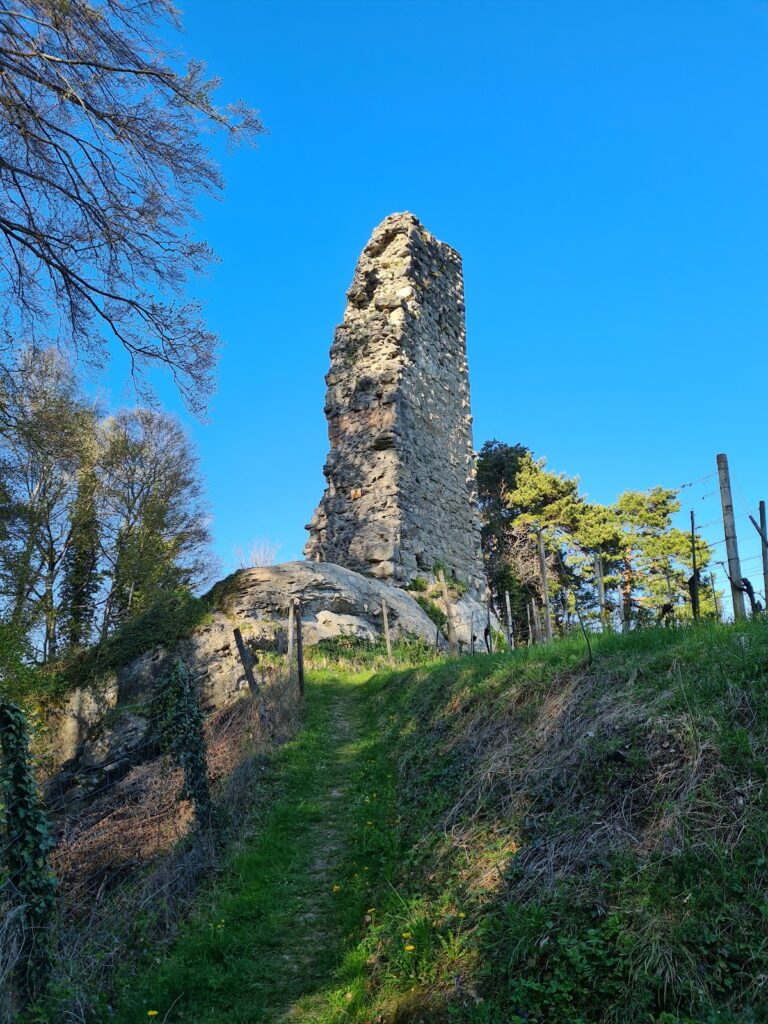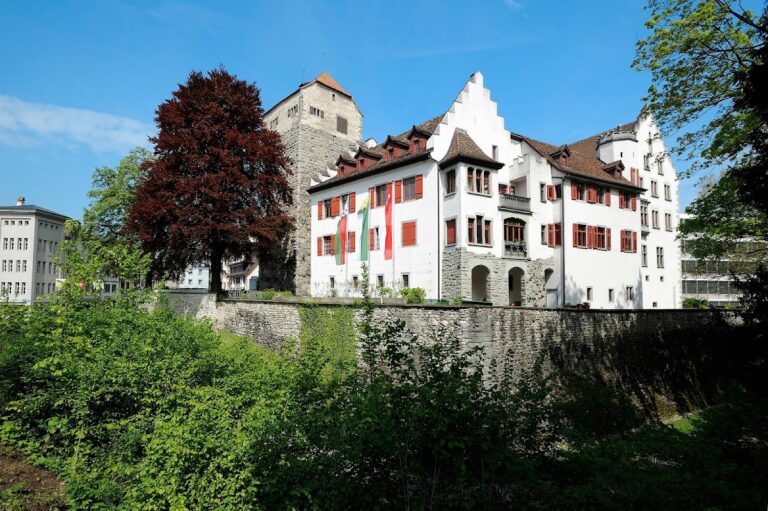Schloss Wolfurt: A Medieval Castle in Austria
Visitor Information
Google Rating: 4.6
Popularity: Low
Google Maps: View on Google Maps
Official Website: www.events.wolfurt.at
Country: Austria
Civilization: Medieval European
Remains: Military
History
Schloss Wolfurt is a medieval castle located near the municipality of Wolfurt in Austria. It was originally built by the local medieval civilization to secure the region and provide a seat of power for local authorities.
The castle’s history dates back to at least the early 13th century, with the first written records mentioning it in 1217 and again in 1226. Initially, it served as the residence of the Lords of Wolfurt, a noble family who controlled the surrounding land. By 1402, half of the castle passed into the ownership of Mehrerau Abbey, which began using it as a summer home for its abbots. This religious connection lasted into the 15th century when, in 1451, the castle came under Austrian rule. The Austrian authorities granted the castle as a feudal holding to prominent aristocratic families from nearby Bregenz, including the Kaisermann family and later the Leber von Wolfurt family.
The castle saw significant changes during the Reformation period. In 1530, Kilian Germann, abbot of the St. Gallen monastery, purchased Schloss Wolfurt and sought refuge there, fleeing unrest in the city. His successor, Diethelm Blarer von Wartensee, who served as abbot from 1530 to 1564, also used the castle as a residence, maintaining its religious importance.
Around the early 18th century, circa 1707, the castle’s interiors underwent remodeling that reflected the Baroque style popular at the time. In the mid-19th century, after 1856, ownership changed hands to a merchant from Bregenz who renovated the building with Neo-Romanesque stylistic elements. Significant restoration efforts began again in 1937 under architect Johann Anton Tscharner, a Swiss-Austrian professional known for working on historic buildings.
In 1939, the castle suffered fire damage, leading to reconstruction completed by 1940. This rebuilding embraced Gothic architectural forms, following Tscharner’s plans. Shortly after World War II, from 1945 until 1953, Schloss Wolfurt served as the temporary residence for the head of the French military government overseeing the Vorarlberg area.
The castle stayed privately owned for much of the 20th century, notably by the Schindler family from 1936 until early 2017. Then, the local municipal council of Wolfurt purchased Schloss Wolfurt for 4.1 million euros, bringing it into public ownership.
Remains
Schloss Wolfurt retains its character as a medieval fortress reflecting its original function of defense and local governance. The castle’s structure exemplifies the typical design of a fortress built during the Middle Ages, positioned to oversee and protect the surrounding lands near Wolfurt.
The interior spaces showcase a history of evolving architectural tastes, beginning with a Baroque style overhaul around 1707 which introduced more elaborate decoration and design typical of that era. Later renovations, begun after 1856, brought Neo-Romanesque features to the castle’s appearance, adding stylistic elements inspired by medieval Romanesque architecture, known for its rounded arches and solid construction.
After the devastating fire in 1939, the subsequent rebuilding completed by 1940 shifted the castle’s outward expression to Gothic forms. Architect Johann Anton Tscharner guided this reconstruction, which included pointed arches and other Gothic-style details characteristic of European medieval cathedrals and castles.
Multiple restoration phases over the centuries reveal a layered architectural history combining medieval fortification forms with later Baroque elegance, Neo-Romanesque revivalism, and 20th-century Gothic reinterpretation. The castle’s location served not only as a noble residence but also as a summer retreat for the abbots of Mehrerau Abbey, highlighting its connection to the religious authorities. Throughout the ups and downs of its existence, Schloss Wolfurt remains a composite of defensive medieval architecture and successive stylistic updates that mirror the changing tastes and owners of the region.







